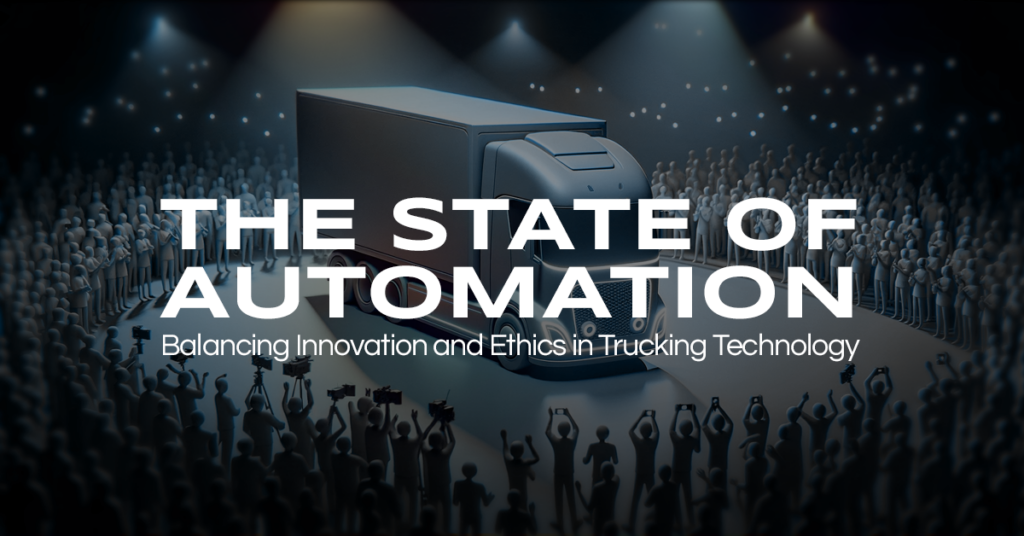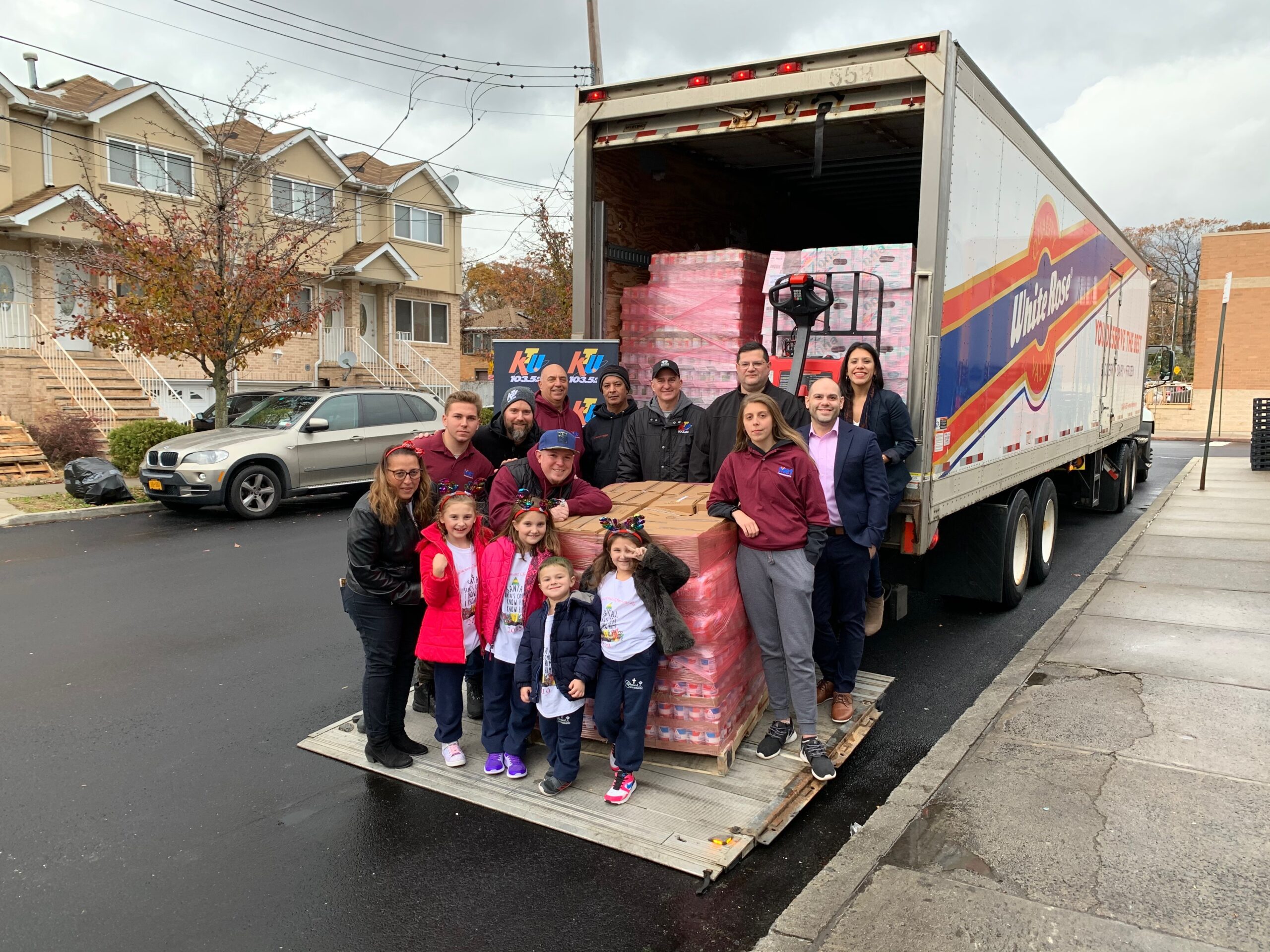
Autonomous Trucking’s Rocky Road Ahead
The trucking industry, a vital player in the U.S. economy, faces a significant crossroads with the advent of autonomous trucking technology. Recently, California’s proposed legislation AB 316, advocating for human operators in heavy trucks, was vetoed by Governor Gavin Newsom, citing innovation concerns. This decision indicates a looming battle in the trucking sector, particularly as companies like Aurora Innovation and Kodiak Robotics gear up to roll out fully autonomous trucks in the coming years. This emerging technology, promising enhanced safety and efficiency, is set to fundamentally transform long-haul trucking, but is it really that simple?
Public Safety and Labor Concerns Amid Technological Advancements
Despite the technological advancements, autonomous trucks stir public and labor apprehension. The safety benefits, touted by companies, remain hypothetical until these trucks are operational at scale. Labor groups like Teamsters and the Owner-Operator Independent Drivers Association (OOIDA) express concern over job security and the reliability of driverless systems. Companies like Aurora are focusing on safety enhancements, citing their trucks’ ability to avoid accidents. Yet, the public remains skeptical, with recent autonomous vehicle accidents fueling their concerns.
Economic Implications and Industry Reservations
The drive towards autonomous trucks is driven by economic factors, with proponents highlighting the potential for faster freight movement without human limitations. However, the industry has faced setbacks, with several key players scaling back or discontinuing their autonomous trucking projects. The uncertainty in the trucking industry mirrors broader economic concerns, reflecting consumer spending trends and their impact on freight demand.
Navigating the Jobs Debate
The debate over job displacement looms large, with labor organizations worried about the long-term impact on truckers’ careers. While autonomous truck companies argue that the current driver shortage and slow technology adoption will mitigate immediate job losses, labor groups remain unconvinced, pointing to the lack of concrete job creation plans from these companies. The industry’s focus on efficiency and cost-cutting raises concerns among drivers about prioritizing profits over safety and job security.
Finding a Middle Ground
As autonomous trucking prepares to hit the roads, the industry must navigate labor opposition and public skepticism to succeed. Companies like Torc Robotics emphasize the importance of engaging in honest conversations with operators to build trust. The possibility of a hybrid system, where autonomous trucks handle long routes and human drivers manage city movements, presents a potential compromise. However, this approach would require substantial outreach and agreement from all stakeholders to be viable.
Before You Go…
As we conclude our exploration of the evolving landscape of autonomous trucking, it’s evident that this innovative technology brings with it a complex array of challenges and opportunities. From Governor Newsom’s veto of legislation demanding human operators to the apprehensions of labor groups and the public, the path forward for autonomous trucking is marked by critical debates and decisions. Balancing the promise of enhanced efficiency and safety with concerns over job security and public trust remains a delicate task for industry stakeholders.
The future of this sector is not just about technological prowess but also about navigating economic implications, addressing labor worries, and finding a middle ground that respects both innovation and tradition. Your thoughts and perspectives on this significant shift in the trucking industry are invaluable – we encourage you to share your views in the comments section and join us next week for more insights in the next edition of Optimum Logistic’s news recap.
If you made it to this part of the article, we’d just like to take a moment to thank you for taking the time to read this news recap. Be safe out there and as always, If you’re in search of CDL A, B, or warehouse positions, check out our open positions. And if you need staffing solutions for commercial driving or industrial positions, be sure to explore our offerings.



